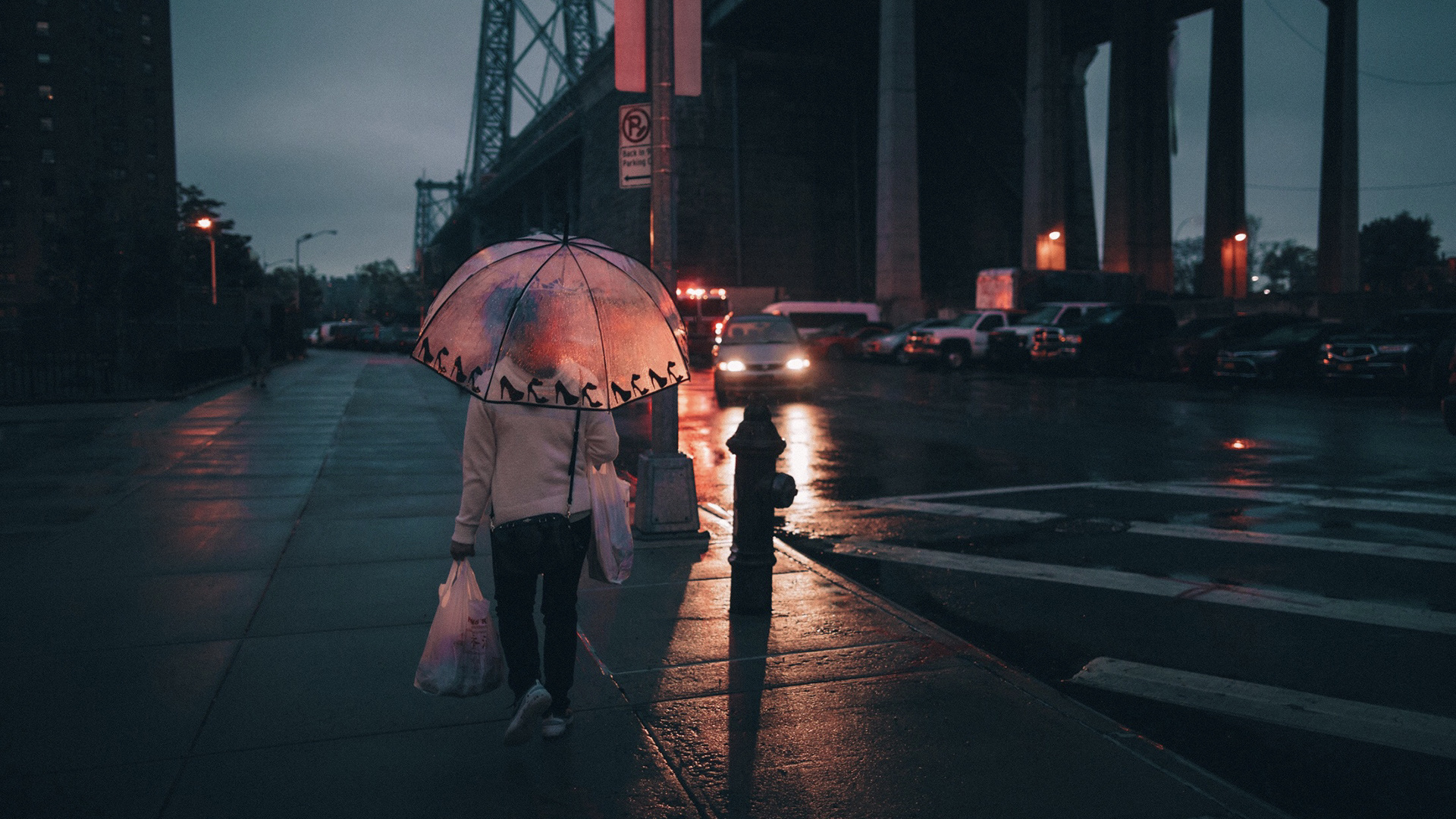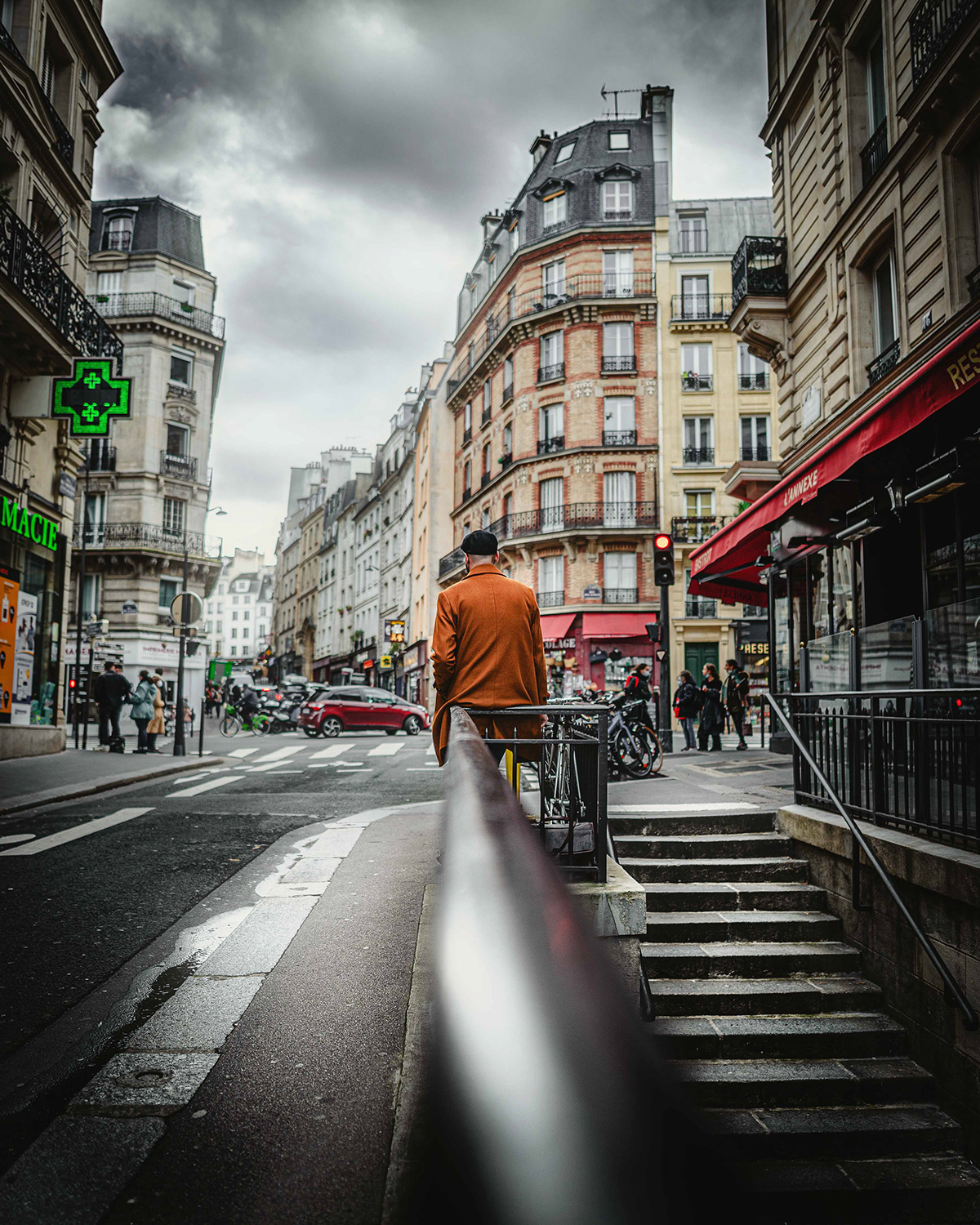Street Photographers - An Overview
Street Photographers - An Overview
Blog Article
Rumored Buzz on Street Photographers
Table of ContentsStreet Photographers - TruthsThe 2-Minute Rule for Street PhotographersThe Buzz on Street PhotographersNot known Facts About Street PhotographersStreet Photographers Fundamentals Explained
Road photographers do not necessarily have a social function in mind, but they favor to separate and capture moments which could otherwise go unnoticed.He was affected by many of those that influenced the road photographers of the 1950s and '60s, he was not primarily interested in capturing the spirit of the street. The impulse to visually record individuals in public began with 19th-century painters such as Edgar Degas, douard Manet, and Henri de Toulouse-Lautrec, that functioned side by side with professional photographers attempting to catch the essence of city life.
Due to the somewhat primitive innovation available to him and the lengthy direct exposure time required, he struggled to catch the pressure of the Paris roads. He tried out with a collection of photographic approaches, attempting to discover one that would allow him to capture motion without a blur, and he discovered some success with the calotype, patented in 1841 by William Henry Fox Talbot. Unlike Atget, photographer Charles Marville was worked with by the city of Paris to develop an encyclopaedic record of Haussmann's urban planning project as it unravelled, hence old and brand-new Paris. While the photographers' subject was basically the exact same, the outcomes were noticeably different, showing the influence of the professional photographer's intent on the character of the pictures he generated.
Not known Details About Street Photographers
Given the fine high quality of his pictures and the breadth of material, designers and artists usually acquired Atget's prints to utilize as recommendation for their very own work, though business interests were rarely his primary motivation. Rather, he was driven to picture every last remnant of the Paris he liked. The mingled passion and seriousness of his mission luster through, leading to pictures that narrate his very own experience of the city, qualities that prepared for street photography of the 20th century.

Unlike his peers, Brassa made use of a larger-format Voigtlnder camera with a longer direct exposure time, compeling him to be much more calculated and thoughtful in his practice than he may have been if utilizing a Leica.

The 5-Minute Rule for Street Photographers
It is due to this basic understanding of the art of picture taking that he is usually credited with discovering the tool all over again roughly a century given that visit this page its creation. He took photographs for greater than a half century and affected generations of professional photographers to trust their eye and intuition in the minute.
These are the inquiries I shall try to answer: And afterwards I'll leave you with my very own interpretation of street digital photography. Yes, we do. Allow's begin with specifying what a definition is: According to it is: "The act of specifying, or of making something precise, unique, or clear".
No, most definitely not. The term is both limiting and misinforming. Sounds like a street photography should be photos of a roads best?! And all street digital photographers, other than for a little number look at this now of absolute newbies, will totally value that a street is not the essential element to road photography, and really if it's a photo of a street with possibly a couple of uninteresting people not doing anything of rate of interest, that's not road digital photography that's a snapshot of a street.
The Main Principles Of Street Photographers
He makes a legitimate factor don't you assume? Nonetheless, while I concur with him I'm unsure "honest public digital photography" will certainly catch on (although I do sort of like the term "honest photography") due to the fact that "street photography" has been around for a very long time, with lots of masters' names attached to it, so I think the term is below to remain.
Inside?! I hear you scream as you tremble your hand to the skies. Why not? You can shoot at the beach, at a festival, in an alley, in a park, in a piazza, in a cafe, at a gallery or art gallery, in a city terminal, at an event, on a bridge, under a bridge ...
Yes, I hesitate we have no choice! Without guidelines we Discover More Here can not have a definition, and without an interpretation we don't have a style, and without a genre we don't have anything to define what we do, and so we are stuck in a "guidelines definition category" loophole! And no-one wants to obtain stuck in a loophole. - Street Photographers

Report this page